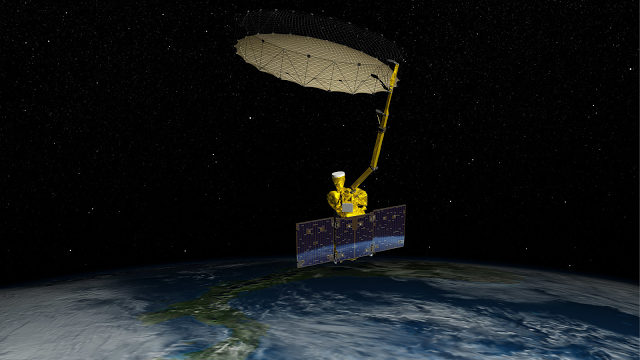NASA has a separate SMAP (Soil Moisture Active Passive) Laboratory which has had an electrical problem. One of the radars used in the calculations has short-circuited leaving NASA at a loss of what to do. Since these were the only two radars that NASA had in its stock, the facility is working at half of its strength. Because of the short circuit, no data is being received from the radar and it has been rendered dysfunctional for all intents and purposes. The radars were installed with the inception of the mission in January earlier this year.
The Radars play an important role in gathering information from all over the globe which are then calculated and computed. Soil moisture was gauged via the observatory’s activities and the freezing soil as well as the thawed soil was observed through the radar. Overall, the SMAP aims at guiding the experts in obtaining knowledge about our planet’s water, energy and carbon cycles. Through this, it is hoped that desertification of various place could be avoided, or at least, averted. By forecasting the weather, the productivity of crops could be increased. Dara Entekhabi, SMAP Science Team lead at the Massachusetts Institute of Technology in Cambridge said,” Although some of the planned application of the SMAP data will be impacted by the loss of a radar, the mission will continue to produce valuable science for important Earth system studies.”
The science team has stressed that the loss of radar will have minimum impact on the functioning of the mission as valuable information will still be received by the scientists despite the fault in the machinery. All attempts to restart the radar have failed so far but the laboratory is keen on solving the crisis as soon as they can.
Image Courtesy: Space Flight Now






















